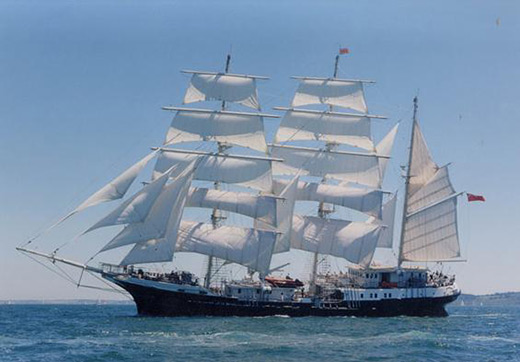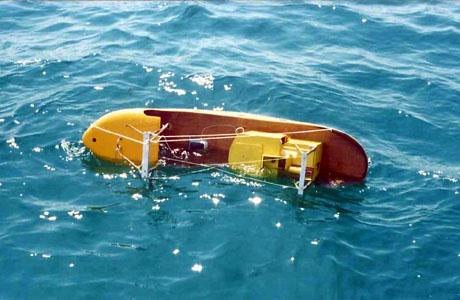Vessel Safety
The Wolfson Unit has a 40 year record of providing services in stability and safety to the marine industry. These have included software development, stability assessment, troubleshooting, model testing, and research. The services are continually developing to maintain their relevance and application to the requirements of the marine industry. Clients include designers, builders, owners, solicitors, and government agencies.
Projects may be small, such as calculations to ensure the safety of a lifting operation on a crane barge, or may entail the provision of expert evidence to a legal case that takes several years to settle. They may involve simple trials on a vessel, or complex model test programmes, perhaps requiring the development of innovative experimental techniques.
Stability Calcultations, Booklets and Inclining Experiments
A full service is offered to calculate intact and damage stability, conduct inclining experiments, assess stability against the relevant criteria and compile stability booklets to the approval of regulatory authorities. If there is a problem with stability compliance we can advise on modifications to ensure that the vessel meets the minimum criteria.

Inclining and stability booklet for Tenacious, designed by Tony Castro Ltd
Model Tests - Capsizing, Handling and Rolling
Vulnerability to capsize can be investigated in the towing tank, with models subjected to severe sea spectra or breaking waves. Past projects conducted in breaking waves have included investigations of capsizing of monohull and multihull sailing yachts and motor yachts, and capsizing and self-righting of rescue craft. A comparison of the monohull and multihull criteria in the IMO HSC Code was investigated using intact and damaged models tested in the dead ship condition in regular waves and sea spectra.
High speed craft, and vessels of innovative design, can be prone to undesirable behaviour in a seaway. This may be due to some instability in the coupling of roll and yaw, which is not uncommon at high speed, or to some feature of the design that that leads to unexpected behaviour.
Rolling at anchor can be uncomfortable for passengers and crew, and the fatigue it causes can be dangerous for the operation of any vessel. It can be simulated easily in the towing tank, and the potential benefits of bilge keels or other means of roll reduction can be quantified.

Trawler capsize investigation for the Marine Accident Investigation Branch
Accident Investigation and Analysis
The analytical skills and experience of our engineers can prove highly valuable in the investigation of stability related accidents. We provide consultancy to owners and accident investigators who need specialised help with calculations and we can use scale models to simulate accident scenarios. Notable contracts for UK Government agencies have included towing tank tests to simulate the Marchioness collision and capsize on the Thames, model tests at sea to simulate the sinking of the fishing vessel Pescado, and model tests to investigate failures of liferafts to deploy from capsized fishing vessels. We also offer expert advice in legal cases.
Safety Guidance Information
The Wolfson Unit has developed a simple method of safety guidance that can be applied to any vessel. It can be applied to the normal operating conditions, when conducting specific operations such as loading a heavy cargo or lifting over the side, or when damaged.
The method is based on the vessel size and its residual stability characteristics in the situation of interest, and provides guidance on the level of safety from capsizing in various seastates. The method has been developed further for application to fishing vessels.
Download our free Stability Notice and Freeboard calculator (Excel spreadsheet, 280KB).
Development of Standards and Regulations
We have conducted many projects for the UK Maritime and Coastguard Agency and advised them on developments with the stability requirements of the Small Commercial Vessel Codes, the Large Yacht Code, the IMO High Speed Craft Code, and the Weather Criterion applied to passenger vessels. In most cases the research projects have incorporated extensive model tests in a towing tank or wind tunnel, and have resulted in innovative methods of assessment. We have been invited to SLF meetings at IMO to make presentations.
